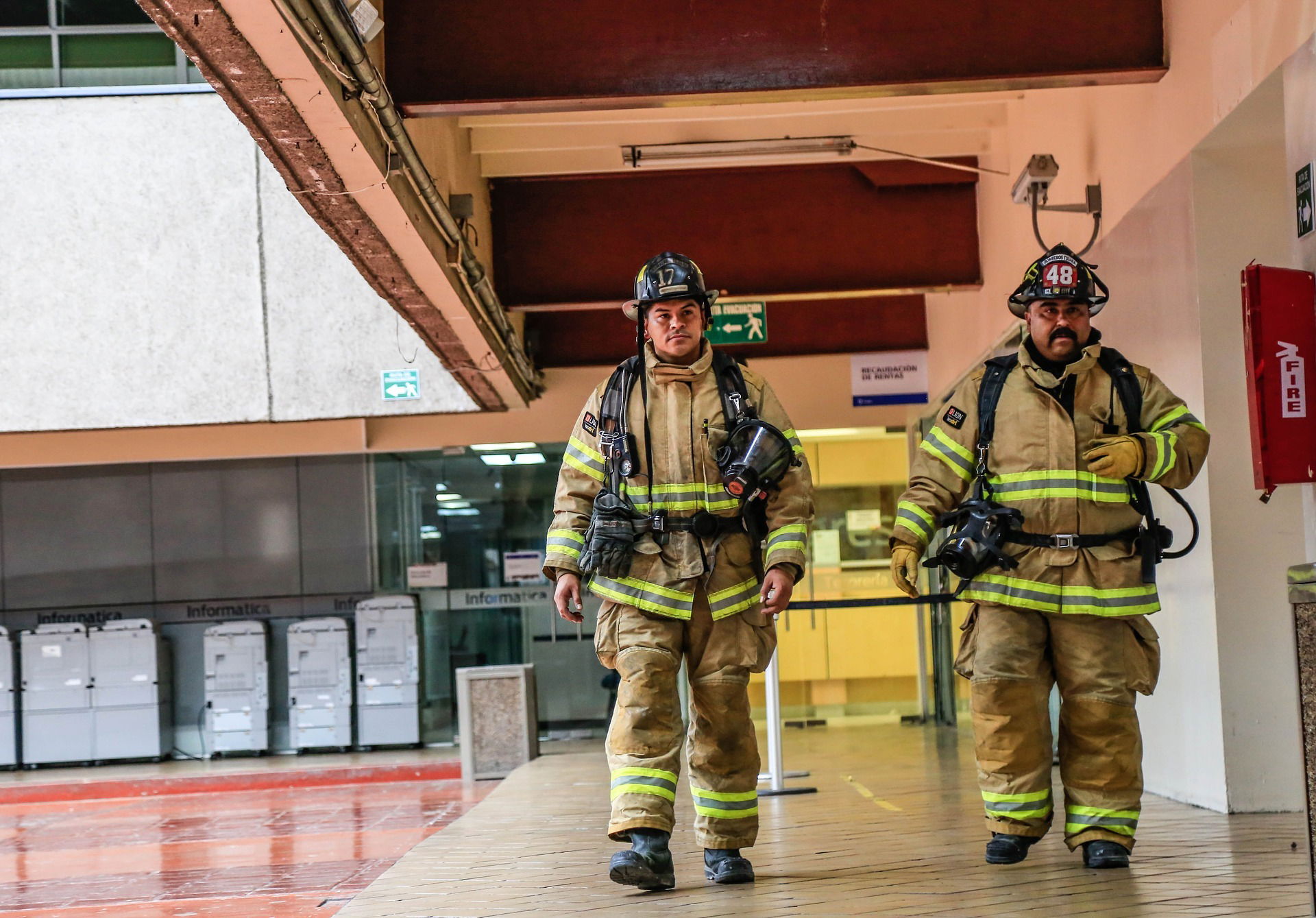Creating a Safe Haven: Essential Home Safety Tips for Every Household
Your home should be a sanctuary—a place where you and your loved ones feel safe and protected. Ensuring the safety of your household is a top priority, and there are numerous measures you can take to create a secure environment. In this article, we'll explore essential home safety tips that every household should implement to ensure the well-being of its occupants.

1. Install Smoke and Carbon Monoxide Detectors
Smoke detectors and carbon monoxide detectors are crucial for early detection of potential dangers. Place them in key areas of your home, such as bedrooms, hallways, and near your kitchen and heating systems.
2. Check and Maintain Fire Extinguishers
Keep fire extinguishers in easily accessible locations and ensure they are properly maintained. Learn how to use them and instruct your family members as well.
3. Secure Entry Points
Invest in quality locks for doors and windows. Consider adding deadbolts, security bars, and smart locks for enhanced security. Don't forget to secure sliding doors and basement windows.
4. Adequate Outdoor Lighting
Install outdoor lighting to deter potential intruders and provide visibility at night. Motion-sensor lights near entrances and pathways are particularly effective.
5. Prevent Falls
Remove tripping hazards such as loose rugs, cluttered walkways, and low-lying obstacles. Use non-slip mats in bathrooms and place grab bars near showers and toilets.
6. Childproof Your Home
If you have young children, ensure that your home is childproofed. Use safety gates, secure heavy furniture to the wall, and keep hazardous substances out of reach.
7. Electrical Safety
Inspect your home for electrical hazards such as frayed cords, overloaded outlets, and faulty wiring. Install surge protectors and avoid overloading circuits.
8. Kitchen Safety
Never leave cooking unattended, and keep flammable objects away from stovetops. Install a fire extinguisher in or near the kitchen.
9. First Aid Kit
Have a well-stocked first aid kit readily available. Include bandages, antiseptics, scissors, and other essential medical supplies.
10. Home Security Systems
Consider installing a home security system with monitoring services. Modern systems include motion sensors, video surveillance, and remote monitoring via smartphones.
11. Safe Storage of Hazardous Materials
Keep hazardous materials such as cleaning supplies, medications, and chemicals in a locked cabinet, out of reach of children and pets.
12. Escape Plan
Create a family escape plan in case of emergencies such as fires. Practice the plan regularly with your family to ensure everyone knows what to do.
13. Pet Safety
If you have pets, be mindful of their safety as well. Remove small objects that pets could swallow, and keep toxic plants and foods out of reach.
14. Water Safety
If you have a pool, install a fence with a self-latching gate to prevent accidental drowning. Never leave young children unattended near water.
15. Regular Maintenance
Regularly inspect your home for potential safety hazards and address them promptly. This includes checking smoke detectors, testing carbon monoxide alarms, and ensuring the integrity of your home's structure.

Conclusion
Creating a safe haven for your household requires a combination of vigilance, preparation, and proactive measures. By implementing these essential home safety tips, you can significantly reduce the risk of accidents, injuries, and emergencies, allowing you and your loved ones to enjoy peace of mind in your own home.